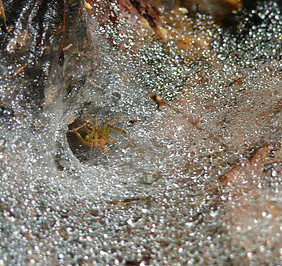
NATURALLY
The Naturally columns are brought to you each month by The Indiana Gazette and Friends of White’s Woods to showcase the wonders of nature in our area.
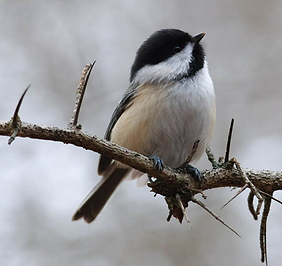
Volume 1 Issue 2
The Todd Bird Club completes its 30th year of Christmas bird counts, including 75 species and 6,991 individual birds. Margaret Higbee.
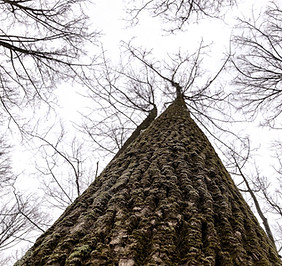
Volume 1 Issue 3
Tulip poplars are one of the most majestic trees in Pennsylvania and in White's Woods and have a long and interesting history. Dana Driscoll.
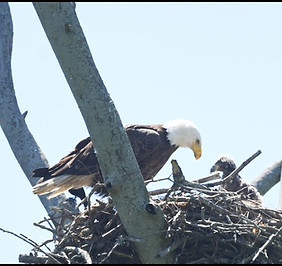
Volume 1 Issue 4
There is much to learn from and about the raptors who live nearby. Anthony Frazier.

Volume 1 Issue 5
As days begin to lengthen and thoughts turn to spring, one of the earliest signs of the forest reawakening are the sights and sounds around vernal pools. Greg Podniesinski
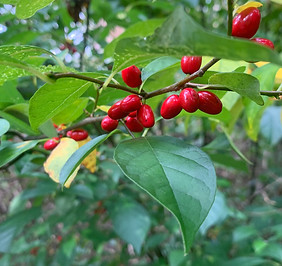
Volume 1 Issue 6
The northern spicebush (lindera benzoin), a small understory tree or large shrub that is bountiful and native in our region. Dana Driscoll
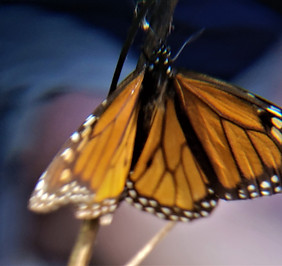
Volume 1 Issue 7
There are so many you can actually hear them sounding like the rustling of leaves. It was an incredible experience being surrounded by thousands of monarch butterflies. The whole migration sequence is absolutely mind boggling. The butterflies weigh less than a gram and they fly more than 3,000 miles each year. Cindy Rogers
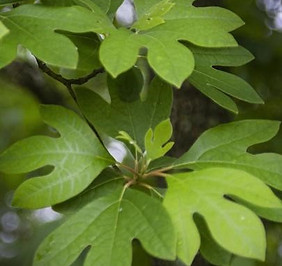
Volume 1 Issue 8
Sassafras (sassafras albidum) is a whimsical understory tree that is common all along the Appalachian Mountains. Sassafras trees are abundant in Indiana County, including throughout White’s Woods. Dana Driscoll
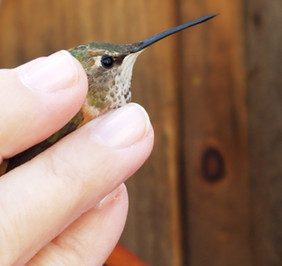
R In early December, a group from Todd Bird Club had an opportunity to travel to southern Indiana County to watch the banding of a rufous hummingbird that was visiting a feeder. Carol Guba
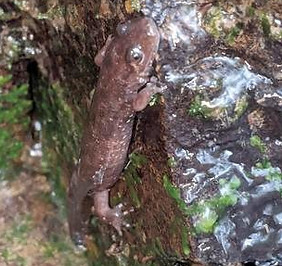
Volume 1 Issue 10
The presence of seal salamanders in White's Woods is a strong indicator of the ecosystem there.
Ed Patterson
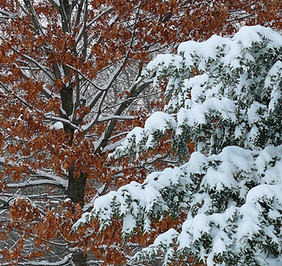
Volume 2 Issue 1
It is the quiet of the woods that allows one to listen to the forest. Sara King
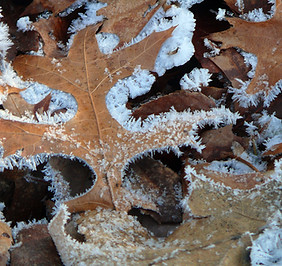
Volume 2 Issue 2
Beautiful specimens of northern red oak, white oak, black oak, and chestnut oak are found in White’s Woods.Some oaks live as long as 600 years and are important to the health of forest ecosystems in a variety of ways, including providing food for animals and humans. Dana Driscoll
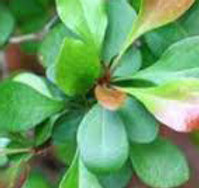
Volume 2 Issue 3
Native to Japan and eastern Asia, Japanese barberry is now widespread in the United States and is considered invasive in our ecosystem throughout the Eastern Seaboard. Dana Driscoll

Volume 2 Issue 4
Polllinators, animals whose work supports the production of much of our food and support of our ecosystem, feed on the nectar produced by flowers and carry the pollen to other plants of the same species, enabling them to set seed and produce fruit. Sara Steelman
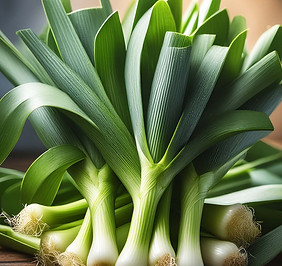
Volume 1 Issue 5
Ramps, which can be found in White’s Woods, are also called wild onions, wild garlic or wild leeks. In France, they call it “bear garlic” because it is one of the first greens bears feast on to help them emerge from their winter lethargy. Marie Olson
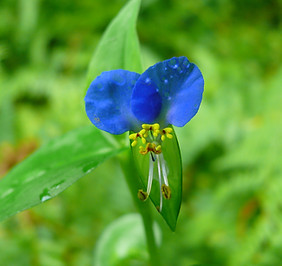
Volume 2 Issue 6
Studies show that time spent outdoors can substantially improve one’s physical and mental health. Spending time in places like White’s Woods can be so beneficial to us. Here is one technique to enhace your enjoyment in outdoor places like White’s Woods. Dana Driscoll
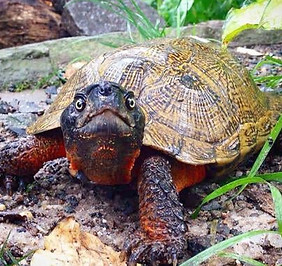
Volume 2 Issue 7
Turtles, an ancient species first appearing more than 200 million years ago, face ever-increasing challenges of survival in the modern world. Encountering a wood turtle is now an “out of the ordinary” experience. Ed Patterson
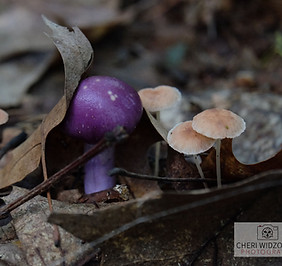
Volume 2 Issue 8
Walking in White’s Woods along many paths you can find copious amounts of garlic mustard (alliaria petiolate). Garlic mustard is an herb native to Europe, but, unfortunately, it has spread here and now can cause ecological disruptions.The good news is that it is a very delicious and abundant wild edible.
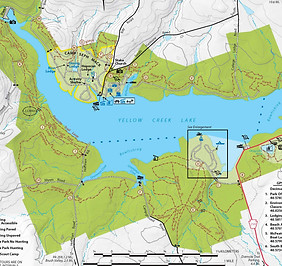
I work for the Pennsylvania Department of Conservation and Natural Resources at Yellow Creek State Park as an environmental education specialist. My job is to develop and lead outdoor recreation and environmental education programs for the public, schools, private groups and other organizations.
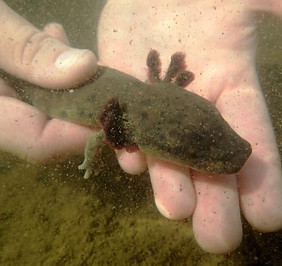
Volume 2 Issue 10
The mudpuppy is a salamander that is aquatic its entire life with a slender brown-to-gray body and irregular spots and feathery gills protruding behind its neck. Although they are large for a salamander, reaching up to 14 inches in Pennsylvania, their secretive nature and aquatic habitat have limited our knowledge of them.Ed Patterson, Director, Indiana County Parks.
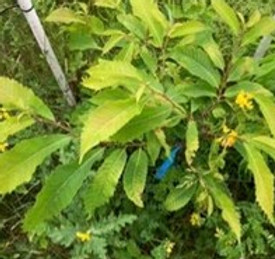
Volume 3 Issue 1
American chestnut (Castanea dentata) once dominated nearly 200 million acres of land in the eastern Appalachian forests of the United States.
The work to restore the American Chestnut to our forests started in the mid-1900s, but initially had little success. Currently under investigation are three strategies that are showing progress.
Mike Tyree and Peyton Vashie Eckard
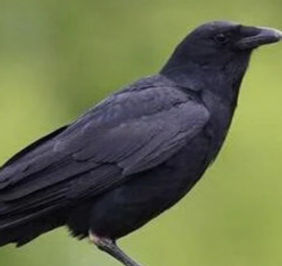
Volume 3 Issue 2
Oakland Cemetery is one of the most unusual places in Indiana County to birdwatch. A flock of fish crows who have been nesting in and around the cemetery and throughout Indiana Borough for many years. Fish crows are not common in these parts, but many years ago, they established a colony here. Ed Patterson, Director of Indiana County Parks & Trails.

Volume 3 Issue 3
Looking at White’s Woods from a distance during the autumn months, you are sure to see the sugar maples displaying brilliant colors of yellow, red and orange. In addition to their lovely fall foliage, sugar maple (acer saccharum) is a critically important tree to the ecology of our forests. Dr. Dana Driscoll, Professor of English, Indiana University of Pennsylvania
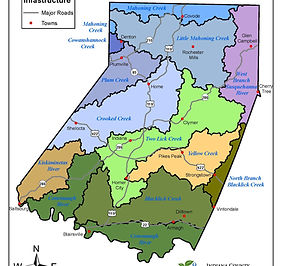
Volume 3 Issue 4
Evergreen Conservancy has dataloggers in over 25 streams in Indiana County to check the quality of the water in our watersheds. Our county, like our state, has an abundance of flowing freshwater— more streams than any other U.S. state apart from Alaska. Cindy Rogers, Director, Evergreen Conservancy.
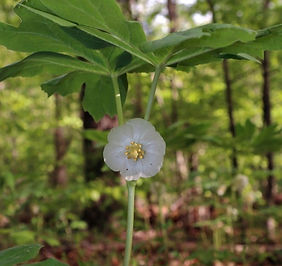
Volume 3 Issue 5
Found in distinctive colonies in the shady understory, mayapples (Podophyllum peltatum) are a handsome component of the herbaceous forest floor.
Ryan Reed ,Natural Resource Program Specialist, PA Department of Conservation and Natural Resources.
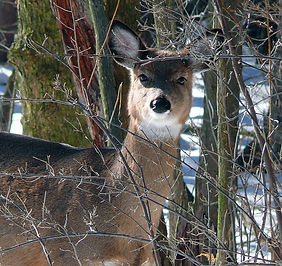
Volume 3 Issue 6
Some cultures recognize deer as providing connections to the supernatural; others see these beautiful animals as symbols of spiritual authority. But deer have been forced to adapt to a dramatically changing landscape. Dr. Sara King

Volume 3 Issue 7
White’s Woods is home to several species of mature hickory trees, including shagbark (Carya ovata), shellbark (Carya laciniosa), bitternut (Carya cordiformis), and pignut hickory (Carya glabra).Hickories can reach 100 feet in height and live for more than 350 years.
Dr. Dana Driscoll

Volume 3 Issue 8
Purple martins, members of the swallow family, are native songbirds. East of the Rocky Mountains, they now rely entirely on human-provided housing.
With a little creative thinking, you can attend a martin roost and witness something unforgettable. Ron Alsop, member, Todd Bird Club

Volume 3 Issue 9
On July 8, 1908, Atkinson and Link arrived in the Cherry Tree area of Indiana County, and one of their most significant finds was a collection of 15 eastern hognose snakes. Their findings were especially significant because since that day no other hognose snakes have ever been documented in Indiana County. Ed Patterson, Director of Indiana County Parks.
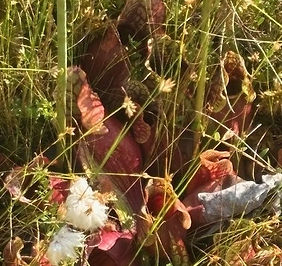
Volume 3 Issue 10
Spruce Flats Bog is one of the few upland mountain bogs within driving distance of Indiana. The large majority of Pennsylvania bogs are located in lowland areas. Bogs differ from other wetlands in a variety of ways. No groundwater, creeks or streams provide water to a bog. Because soil and water conditions are so unique, Spruce Flats hosts plants and animals that are rare for our area.
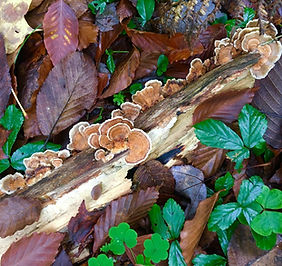
Volume 3 Issue 11
Roughly 17 million acres of Pennsylvania are covered by forests — about one-third of which are publicly accessible. We should all be thankful for these facts for many reasons: clean air and water, wildlife habitat, recreational opportunities, and so much more. Ryan Reed, Natural Resource Program Specialist with the Pennsylvania Department of Conservation and Natural Resources.

Volume 3 Issue 12
In this time of late fall, you might walk through White’s Woods and notice a strange sight — little bright yellow clusters of blooms covering the witch hazel trees. Dana Driscoll
TO SUGGEST A BOOK TITLE TO ADD TO THE FWW READING LIST, PLEASE SEND AN EMAIL TO:




